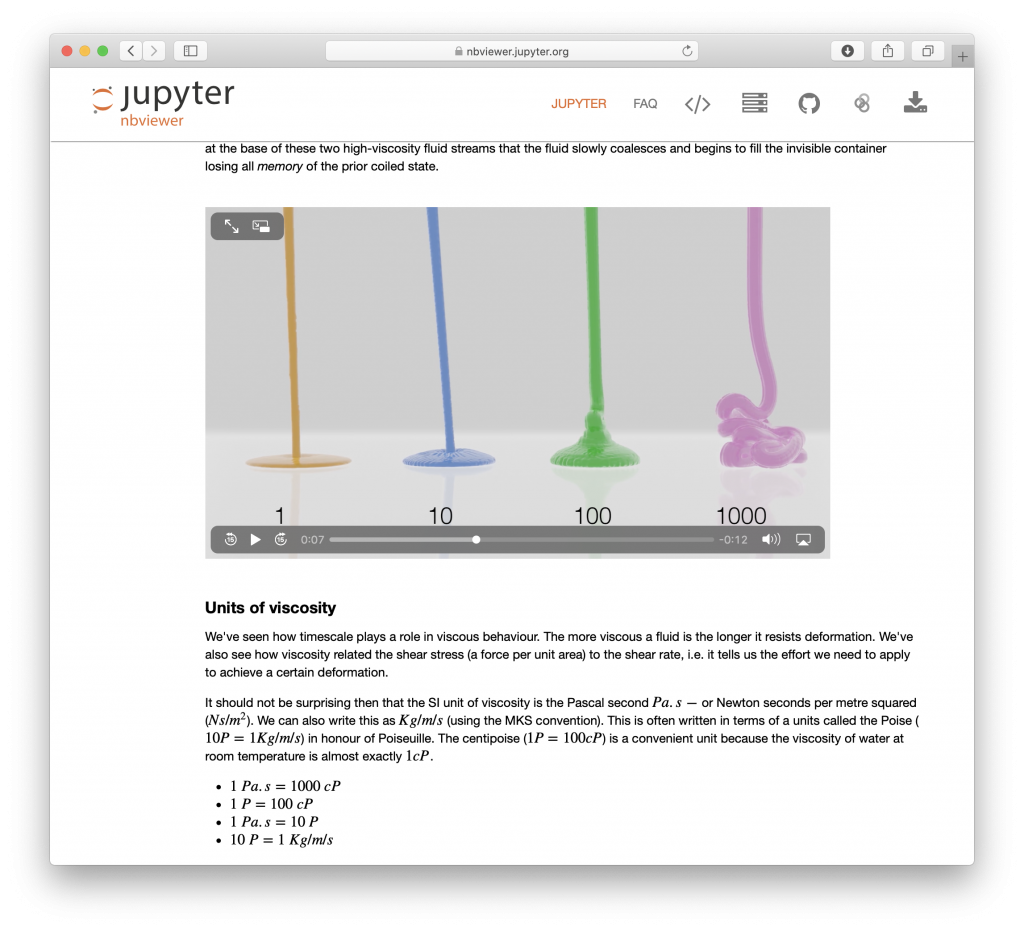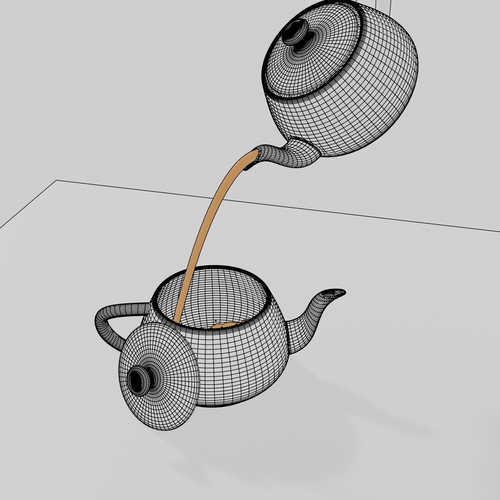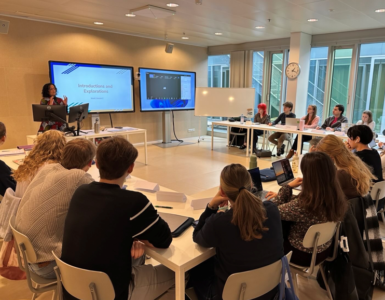The finalists in this year’s MEDEA Awards have just been announced, you can read about them here, the winner will be announced in October. Each month we are featuring one or more of this year’s finalists. In this article it is the turn of Kevin Nolan from UCD in Ireland who submitted New Dimensions.
New Dimensions is an endeavour to make complex technical subjects such as Fluid Mechanics more accessible to a broader range of students. By leveraging open source technologies, a series of interactive Jupyter notebooks have been produced that incorporate detailed but friendly conversational prose, mathematics, interactive 3D models and state-of-the-art 3D animation of fluid flow. The notebooks can be displayed on any device with a web browser.
About the creation of New Dimensions

Engineering students generally find Fluid Mechanics to be a particularly difficult subject. A central challenge is that in order to teach the fundamentals of the subject, we ask students to ignore the evidence of their own eyes and instead imagine a frictionless, incompressible ideal fluid where the mathematics become tractable. The problem is that they do not yet understand what we are asking them to throw away. In order to overcome this dissonance, we created a series of engaging videos using 3D animation suite Blender that clearly illustrate each of these properties in detail.
Each topic is supported by detailed descriptions and examples. Each abstract concept or equation that is featured is supported by an interactive 3D model, illustrative image or animation. The intention is that the physical interpretation of each mathematical description is clear. Students can engage in the material to their skill level. By viewing the HTML versions, students can read the notes and interact with the 3D and video content in their own time and ignore the optional Python code. Those with more interest can either run (and edit) the code in a web-based session or even download and run it locally. All source material is available to the students via GitHub. Many students are afraid of coding, by incorporating a series of well commented and clear examples, our intention is to normalise code as a useful everyday part of an engineer’s work.

About Dr Kevin Nolan
Dr Kevin Nolan is an Assistant Professor at the School of Mechanical and Materials Engineering at University College Dublin where he lectures in Fluid Mechanics. Dr Nolan has considerable industrial experience in the biotech and telecommunications sectors where he developed microfluidic and optofluidic technologies. he is a specialist in optical techniques for measuring fluid flow such as Particle Image Velocimetry and Schlieren imaging.

Author
Dr Kevin Nolan
University College Dublin, Ireland














